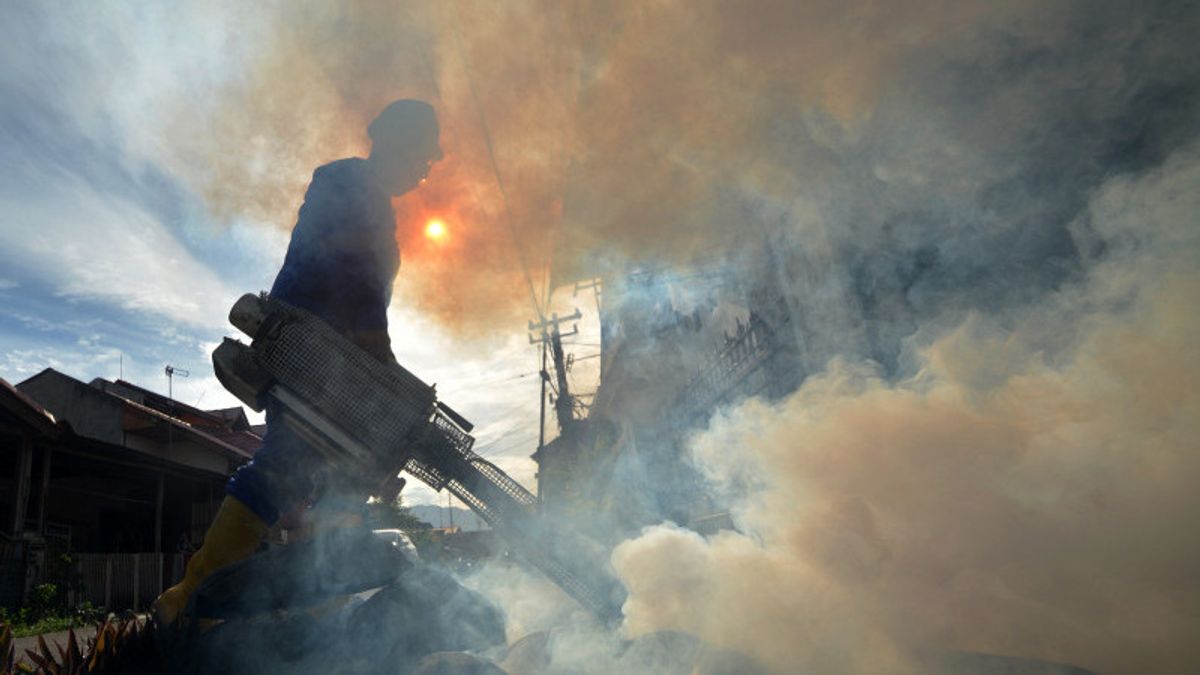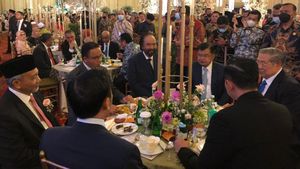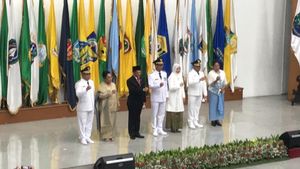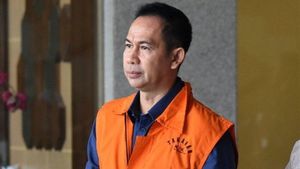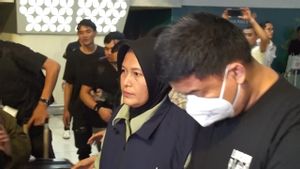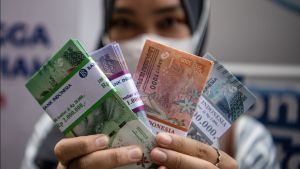JAKARTA - The Ministry of Health recorded the number of cases of dengue hemorrhagic fever (DHF) in Indonesia reaching 94,355 cases. That number was recorded until the 39th week of 2022 and predictions will continue to increase.
"It seems we need to take substantial and important actions so that we can reduce endemicity", said the Director of Infectious Disease Prevention and Control (P2P) of the Ministry of Health, Imran Pambudi in the online webinar "Beware of the Spread of Dengue in the Middle of the Rainy Season", Monday, October 17.
In the Ministry of Health's data, Imran said the dengue incidence rate (IR DHF) in 2022 had reached 34.33 percent with a Case Fatality Rate (CFR DHF) of 0.90 percent.
Based on the Antara report, the dengue virus, which belongs to the Arthropod-Borne Virus (Arbovirus) group, consists of four virus serotypes, namely DEN-1, DEN-2, DEN-3, and DEN-4.
In Indonesia, he continued, the most dominant serotype is DEN-3 which is associated with cases of severe dengue fever and has the widest distribution.
The details of the distribution of dengue cases are in six provinces with the highest dengue cases up to week 39, namely West Java 27,657 cases, Central Java 8,760 cases, East Java 8,356 cases, DKI Jakarta 5,632 cases, North Sumatra 5,302 cases, and East Kalimantan 3,531 cases.
Cumulative cases of death due to dengue fever until the 39th week of 2022 were 853 people, with the highest case distribution in West Java 249 people, Central Java 185 people, East Java 108 people, North Sumatra 29 people, East Kalimantan 26 people, and South Sumatra 21 souls.
“There is one interesting thing although the number of cases in DKI is high, the death toll is zero. So we need to look at not only the problem of prevention but also the diagnosis of case management is very important so that deaths due to dengue can be suppressed", he said.
He explained that dengue control relies on cooperation between the government and the community, in the form of the Eradication of Mosquito Nests (PSN) together with 3M Plus, namely draining and brushing water reservoirs, closing water reservoirs, and recycling used goods.
"3M Plus also includes keeping fish that eat mosquito larvae, using mosquito repellent, installing screens on windows and ventilation, and placing used clothes in closed containers", he said.
SEE ALSO:
Head of APAC Medical Affairs Takeda Asia-Pacific Goh Choo Beng stated that dengue is one of the biggest health threats in Indonesia.
He argues, Indonesia is also one of the countries most affected by dengue.
As a dengue hyperendemic area, Indonesia has a fairly high trend of increasing cases when entering the transition period, which usually begins in October.
Therefore, his party is trying to help the government by increasing public education related to DHF and presenting the Dengue Tetravalent Vaccine which the Food and Drug Supervisory Agency of the Republic of Indonesia (BPOM RI) has approved to achieve zero dengue death by 2030.
The English, Chinese, Japanese, Arabic, and French versions are automatically generated by the AI. So there may still be inaccuracies in translating, please always see Indonesian as our main language. (system supported by DigitalSiber.id)
